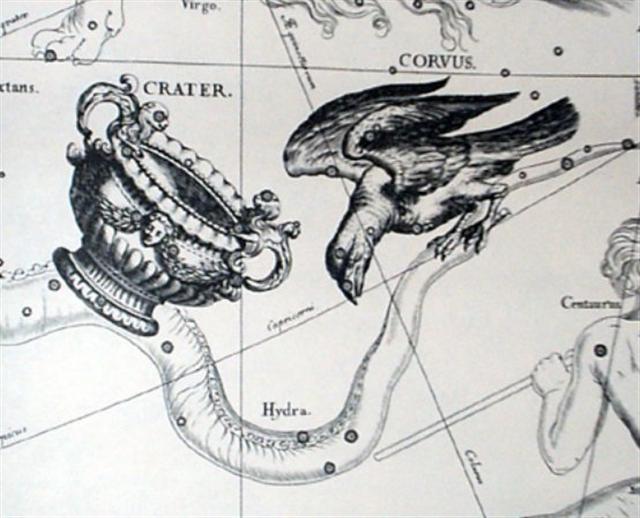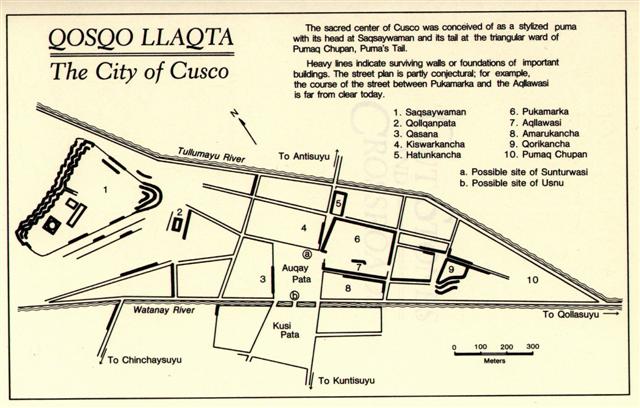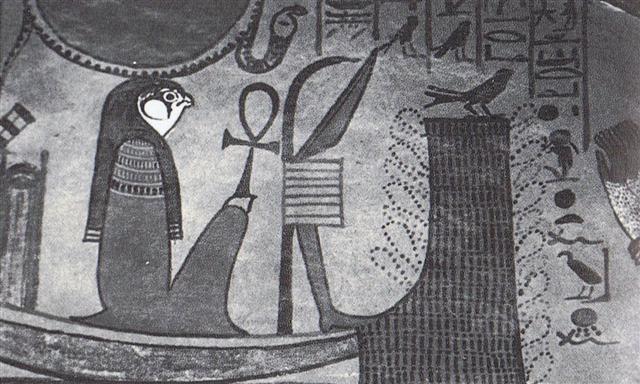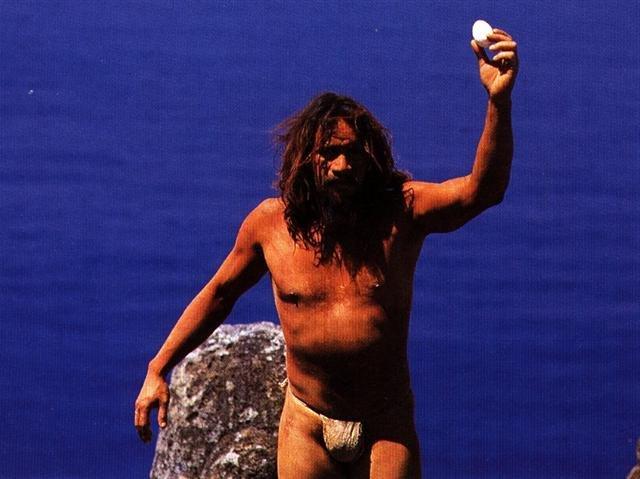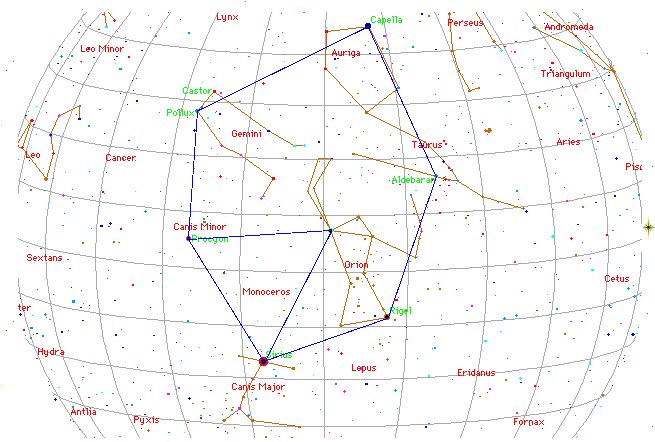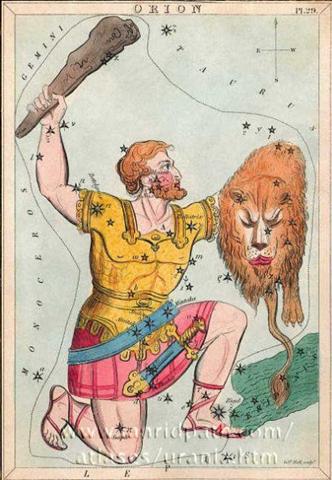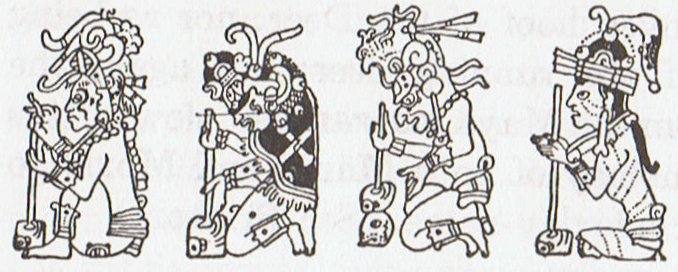The sea swallows were circling calmly above Hotu A Matua when he approached the dangerous place. ... The terns calmly circled [ka hiri nō.te manu tara] above the king when he arrived [e oho.era]. King Hotu came along and reached Te Tingaanga O Te Hereke (literally, 'the meeting place of the dangerous one' ?) ... [E:1003] In the Babylonian zodiac there was a Swallow who flew above the Great One (Tagata Honui):
Half a year later this sight would have been observed close to the Full Moon at the Abyss.
If the Swallow was in March 5 (64), then the Abyss ought to have been in the nakshatra day 64 + 183 = 247 (September 4).
And 247 - 80 = *167:
According to the time-frame of the Bull this (the place in the night sky opposite to the Babylonian Abyss) would have been observed at JANUARY 1 when the right ascension line for 23h (at the epoch of rongorongo) was seen close to the Full Moon. *350 (March 6) + 80 = 430 = 366 (JANUARY 1) + 64 (precessional distance down to the time of the Bull). 23h (350.0) - 11h (167.4) = 182.6 = 365.2 / 2. The place corresponding to the Abyss was thus in early JULY (= early September) viz. at the hind quarters of Leo, where a pair of rivers 'swallowed' him:
But south of the equator, the time place when the Sea Swallow (manu tara, the sooty tern) arrived to Easter Island determined the yearly event for the return of life to Mother Nature.
... During the birdman ceremonies at Orongo, a piece of sandalwood was tied to the arm with which the victorious birdman held up the egg of the sooty tern ...
This piece of information agrees with how Oroi was hiding in the sandalwood. ... Oroi saw [he ūi mai a Oroi] that the king had reached Hatinga Te Kohe [ko te ariki.ka tuu atu ki hatinga i te kohe]. Oroi picked up the rope, took it [he mau], and came to the path (which the king had to pass), and took the end of the rope into his hand [he mau i te potu o te taura]. He went into a (grove of) sandalwood. He had hidden there so he could watch the arrival of the king and (at the moment when) the foot (of the king touched the loop) quickly pull the rope. Then Oroi would come out immediately and kill the king ... [E:1003] ... 'Tohil, we'll be finished off by the cold', they told Tohil. 'Well, do not grive', said Tohil. Then he started a fire. He pivoted inside his sandal ... Moreover, because Ko Te Hereke A Kino Ariki was number 13 in the list of Makoi;
this place could allude (or refer) to the 13th king of Easter Island: ... Toko te rangi, or Sky Propper, is named by Métraux in his corrected Miru genealogy as the thirteenth king of Easter Island and as one of the lineages or subgroups of the Miru. Although we have no record of the Sky Propper legend on Rapa Nui, other Polynesian legends of the Sky Propper are widely known, and they are formative elements in the basic cosmogenic theory of Polynesian belief ...
The stars at the right ascension line corresponding to June 21 (*92) would at the time of Bharani have been at day 172 - 41 = 131 ("May 11).
And at the time of the Bull the stars in the constellation of Orion would have been 23 days less far away from the northern spring equinox, viz. with the 'tent peg' (ξ, at the right arm of Orion) in APRIL 18 (108) = 131 - 23.
When Maui forced the Sun to go slower it could have referred to the fact that the Sun moves fast (against the background of the fixed stars) close to an equinox and slowly (as if half dead) close to a solstice. ... 'Why am I treated by you in this way? Do you know what it is you are doing. O you men? Why do you wish to kill Tama nui te ra?' ... So this myth could be a parallel to how the Chinese suddenly changed time from the quick days of early April to the slow days of solstice: ... In China, every year about the beginning of April, certain officials called Sz'hüen used of old to go about the country armed with wooden clappers. Their business was to summon the people and command them to put out every fire. This was the beginning of the season called Han-shih-tsieh, or 'eating of cold food'. For three days all household fires remained extinct as a preparation for the solemn renewal of the fire, which took place on the fifth or sixth day after the winter solstice [Sic!] ...
|
||||||||||||||||||||||||||||||||||||||||||||||||||||||||||||||||||||||||||||||||||||||||||||||||||||||||||||||||||||||||||||||||||||||||||||||||||||||||||||||||||||||||||||||||||


